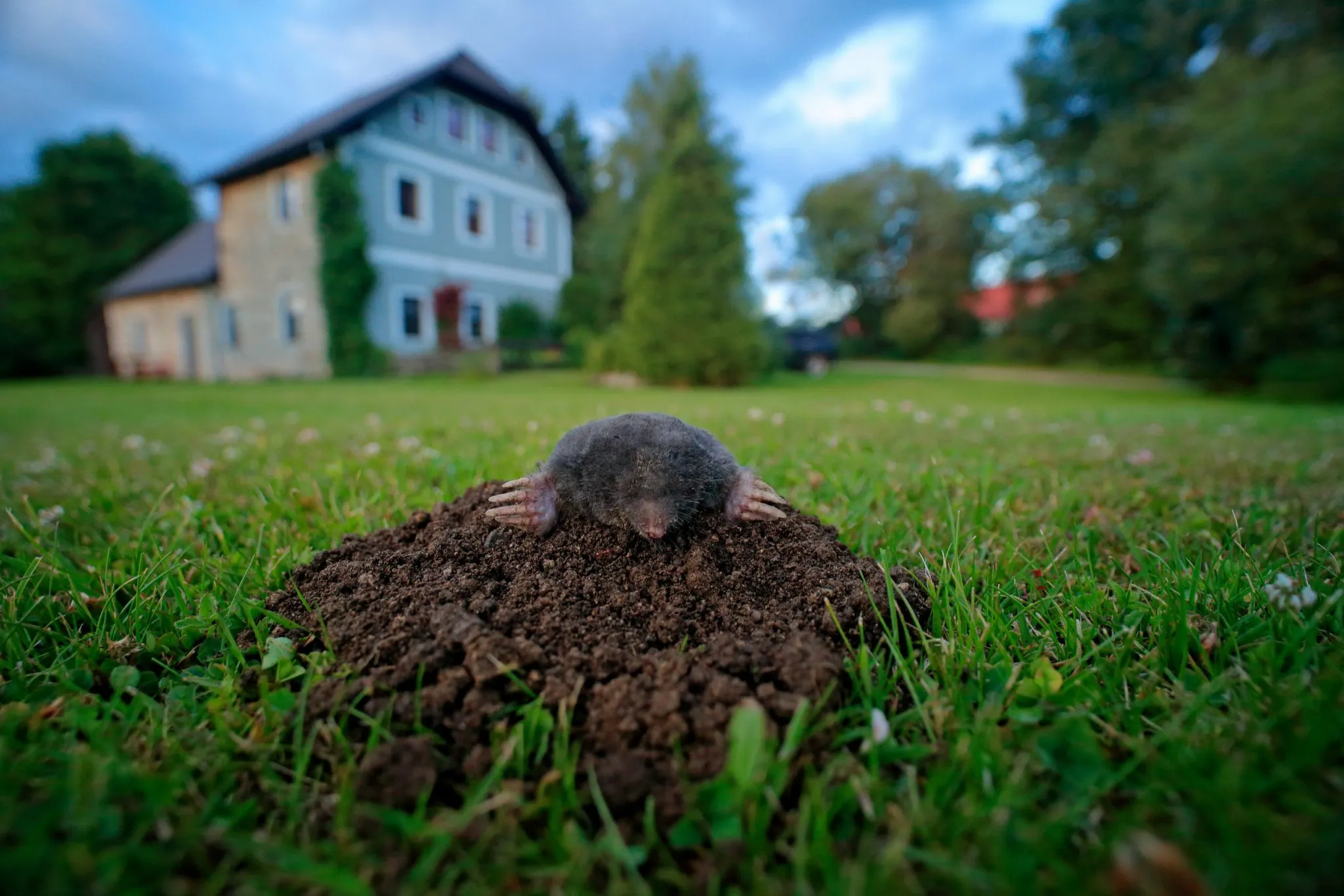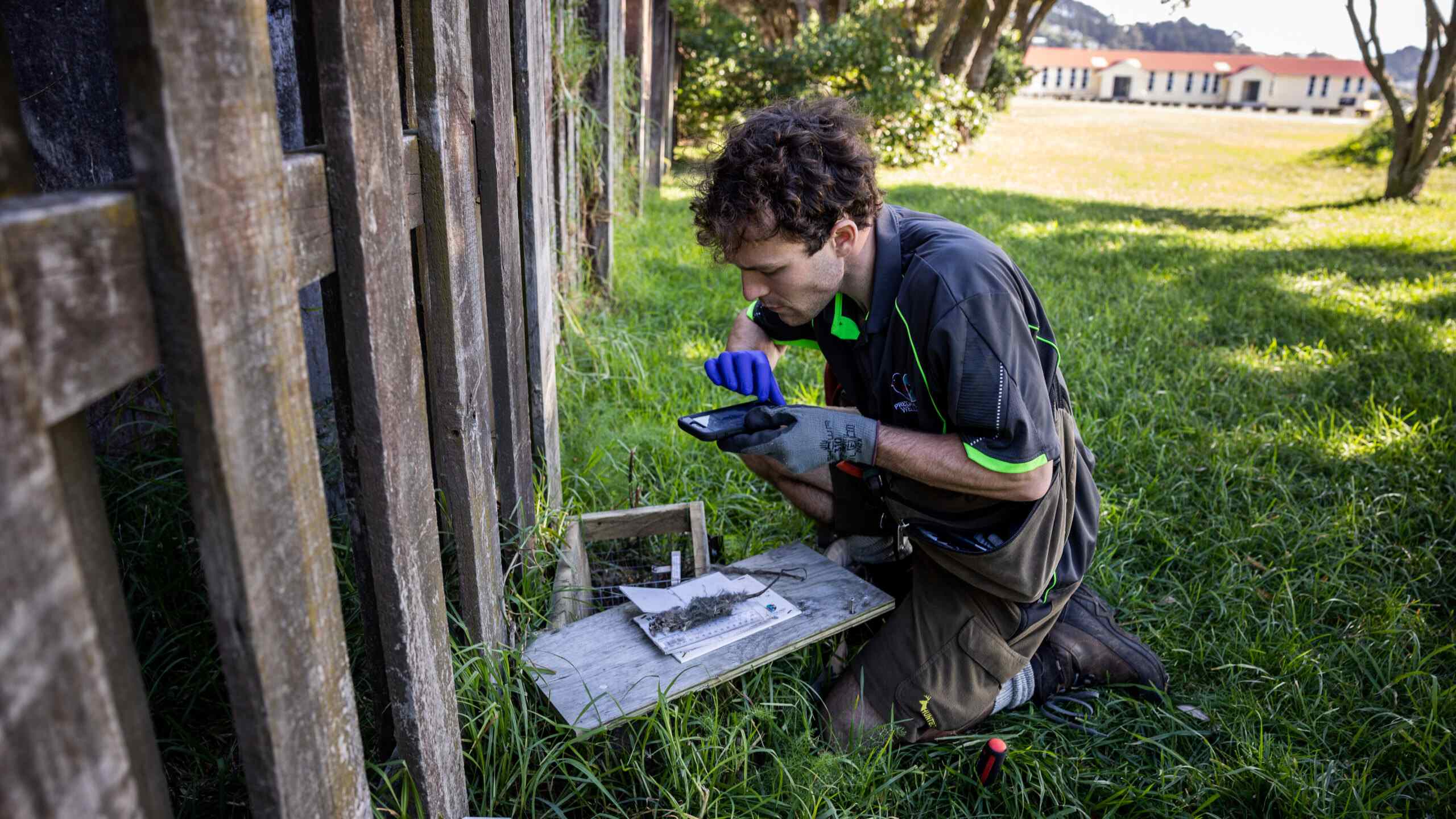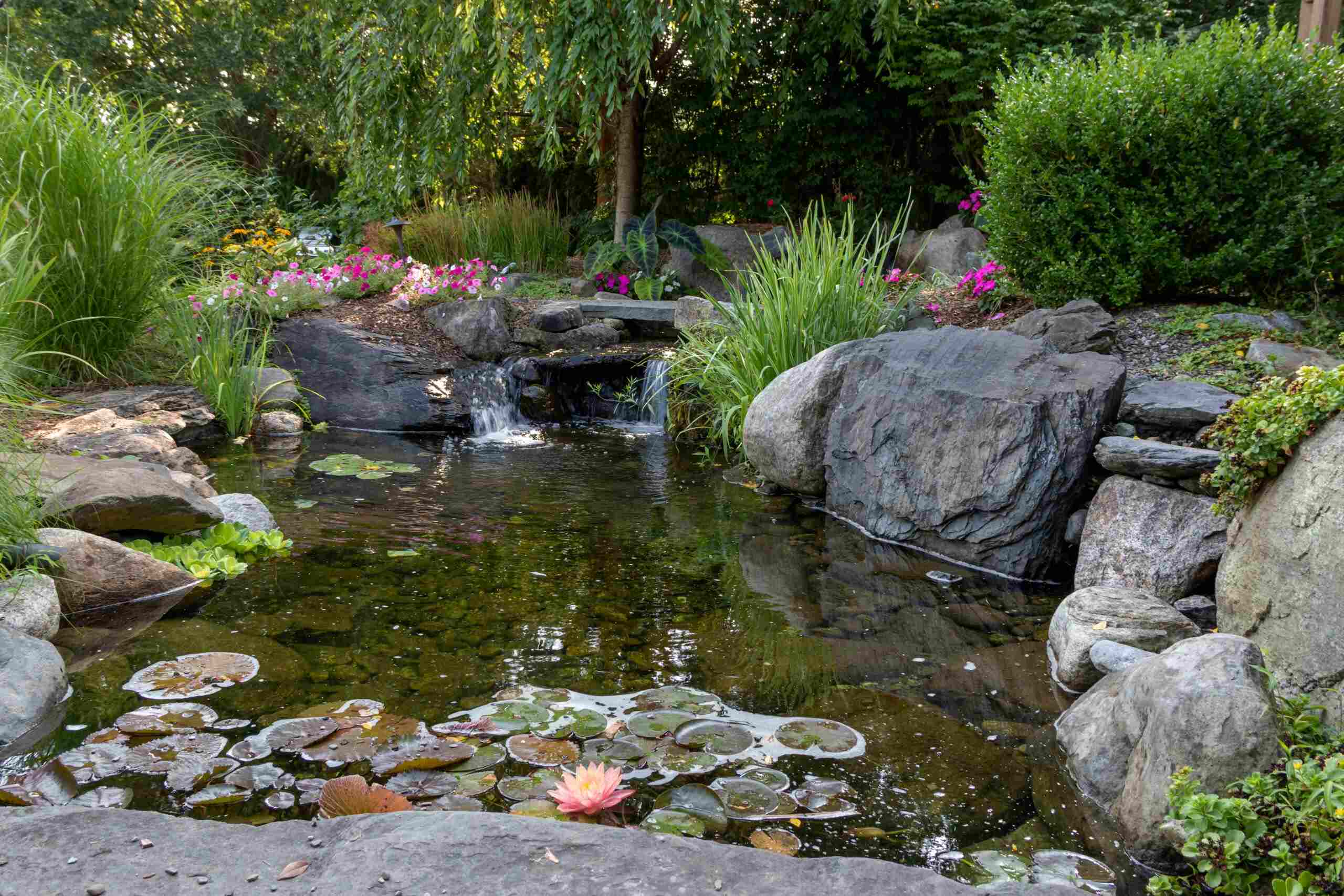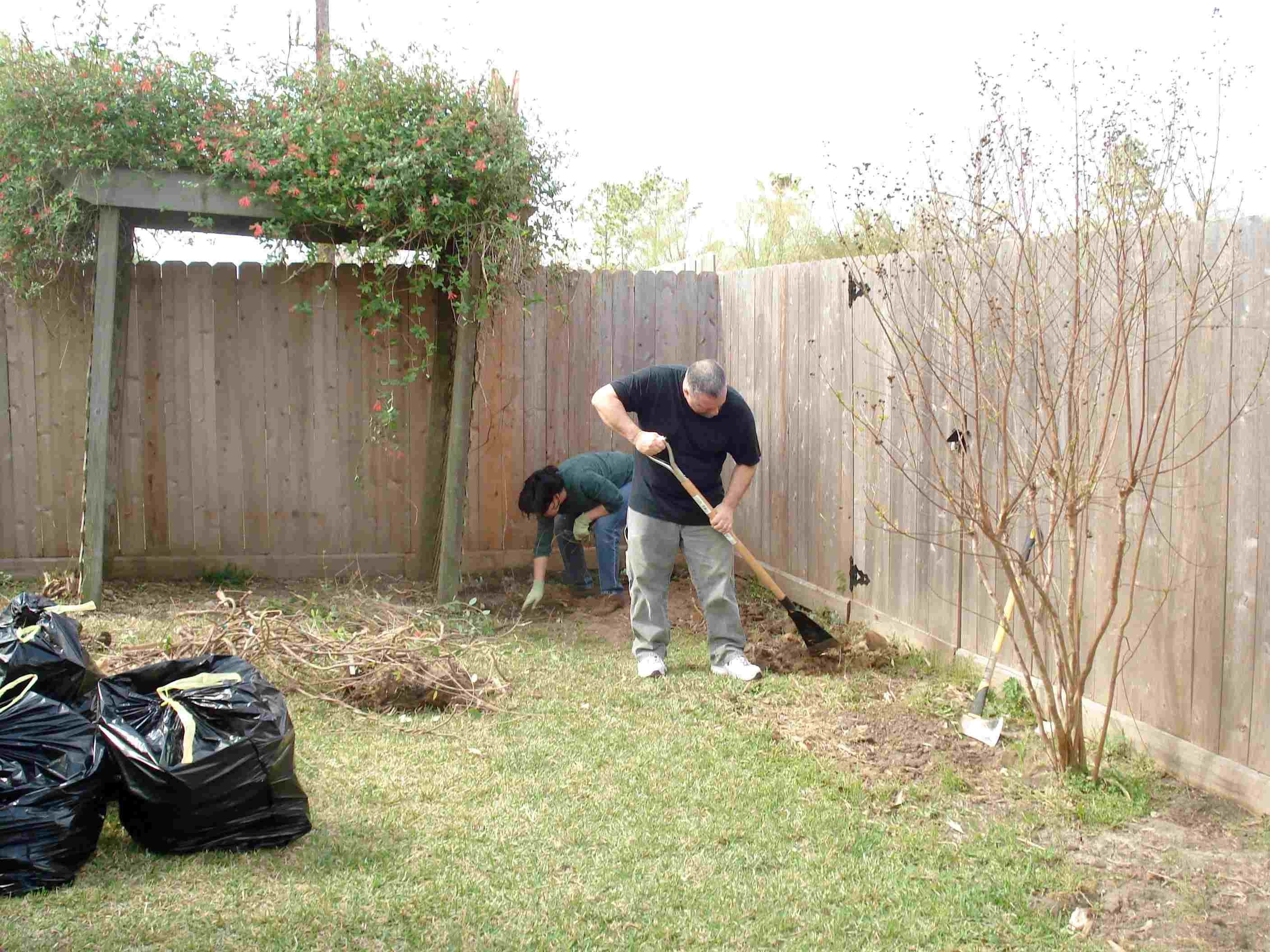Home>Gardening Tips and Tricks>How To Get Rid Of A Groundhog In Your Backyard
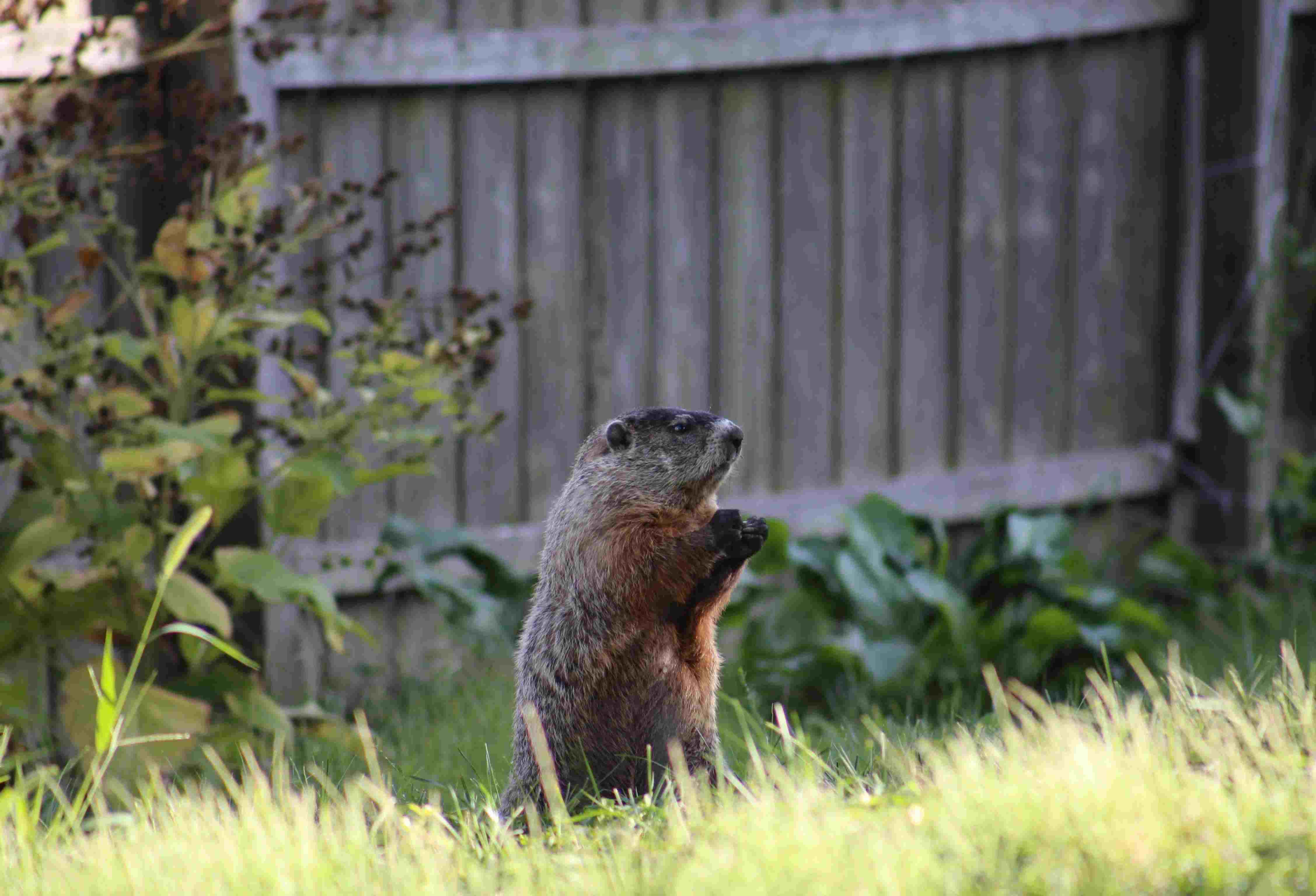

Gardening Tips and Tricks
How To Get Rid Of A Groundhog In Your Backyard
Published: August 5, 2023
Learn effective problem-solving techniques to safely eliminate groundhogs from your backyard. Get expert tips and advice on how to get rid of a groundhog and reclaim your outdoor space.
(Many of the links in this article redirect to a specific reviewed product. Your purchase of these products through affiliate links helps to generate commission for Chicagolandgardening.com, at no extra cost. Learn more)
Table of Contents
Introduction
Welcome to our comprehensive guide on how to get rid of a groundhog in your backyard. Groundhogs, also known as woodchucks, are furry critters that can cause significant damage to your yard and garden. If you’ve spotted signs of groundhog activity or have noticed plants disappearing overnight, it’s time to take action.
Groundhogs are known for their burrowing capabilities and voracious appetite for vegetation. While they may be cute to observe from a distance, they can quickly become a nuisance when they start digging tunnels and feasting on your favorite plants. Whether you’re dealing with a single groundhog or an infestation, this article will provide you with the knowledge and tools you need to effectively remove these unwanted guests.
It’s important to note that groundhogs are protected in some states and require permits for removal. Make sure to check your local regulations before attempting any removal methods. In cases where groundhog removal is permitted, we will explore non-lethal methods, as well as discuss lethal options for extreme cases. Additionally, we will touch on the option of hiring a professional groundhog removal service for those who prefer to leave the job to the experts.
Furthermore, we will discuss preventative measures to ensure that groundhogs do not return to your property in the future. By implementing these measures, you can enjoy your backyard without the worry of groundhog damage.
So, if you’re ready to take back control of your outdoor space and bid farewell to those pesky groundhogs, let’s dive into this guide and explore the most effective ways to get rid of them.
Understanding Groundhogs
Before we delve into the methods of getting rid of groundhogs, it’s essential to understand these creatures and their behaviors. Groundhogs, scientifically known as Marmota monax, are large rodents that belong to the squirrel family. They are most commonly found in North America, particularly in the eastern and central regions.
Groundhogs are experts when it comes to burrowing. They build elaborate underground tunnels that can extend several feet into the ground. These burrows serve as their homes and provide protection from predators and harsh weather conditions.
In terms of appearance, groundhogs have stocky bodies with short legs and a bushy tail. They have coarse, brownish-gray fur, which helps them blend into their surroundings. Groundhogs typically measure around 20-27 inches in length, including their tails, and can weigh anywhere from 4 to 14 pounds.
One of the distinguishing features of groundhogs is their large incisors, which they use for chewing on vegetation and digging burrows. Groundhogs are herbivores, and their diet primarily consists of grasses, leaves, berries, and agricultural crops, making them a common threat to gardens and yards.
Groundhogs are most active during the day and are known to be solitary animals, except during the breeding season. They hibernate during the winter months, typically from late October to early February, depending on the geographic location.
Understanding the habits and characteristics of groundhogs is crucial when it comes to devising an effective strategy for their removal. By learning more about these creatures, you can identify the signs of their presence and choose the most appropriate methods to eliminate them from your backyard.
Signs of Groundhog Presence
Identifying the signs of groundhog presence in your backyard is the first step in effectively dealing with these pesky critters. Here are some common signs that indicate the presence of groundhogs:
- Burrows: Groundhogs are expert diggers and create extensive burrow systems. Look for large burrow entrances, typically around 10-12 inches in diameter, near fences, sheds, or in open areas of your yard.
- Mounds of dirt: As groundhogs dig their burrows, they will create piles of excavated dirt around the entrance. These mounds can be a few feet in diameter and are a telltale sign of groundhog activity.
- Chewed vegetation: Groundhogs have a voracious appetite for vegetation, so keep an eye out for chewed or gnawed plants, especially near the base. They may target crops, flowers, or shrubs in your garden.
- Trampled areas: Groundhogs often create well-worn paths between their burrow entrance and their feeding areas. Look for trampled or flattened vegetation along these paths.
- Noises and movement: Groundhogs are not the most quiet creatures. If you hear scratching or rustling sounds coming from underground, or notice movement in your yard, it’s likely that groundhogs are present.
- Missing plants: If you notice that plants are disappearing overnight or have been heavily damaged, groundhogs may be the culprits. Keep an eye out for sudden changes in your garden’s foliage.
Being able to recognize these signs will help you assess the extent of the groundhog infestation and determine the appropriate course of action. Remember, it’s important to act promptly to prevent further damage and to ensure the safety and health of your yard and plants.
Reasons to Remove Groundhogs
While groundhogs may seem harmless at first glance, their presence in your backyard can have negative consequences. Here are some key reasons why it is important to remove groundhogs:
- Garden and Yard Damage: Groundhogs have a voracious appetite for vegetation and can quickly decimate your garden and yard. They can consume large amounts of plants, including flowers, vegetables, and ornamental shrubs, leading to significant financial losses and the ruination of your carefully cultivated landscape.
- Structural Damage: Groundhogs are skilled diggers and create complex burrow systems. These burrows can extend several feet underground, potentially compromising the structural integrity of your yard, garden beds, or even nearby buildings. The tunnels can cause sinkholes, uneven terrain, and damage to underground utility lines.
- Contamination and Odor: Groundhogs are not known for their cleanliness. Their burrows can accumulate feces, creating a potential health hazard due to the risk of contamination and the odors that come with it. Moreover, the proximity of groundhog burrows to your home can attract other pests, such as rats and snakes.
- Transmission of Disease: While the risk is relatively low, groundhogs have been known to carry diseases such as rabies and tularemia. These diseases can be transmitted to humans or other pets if bitten or scratched by an infected groundhog.
- Gradual Erosion: The extensive underground burrow systems dug by groundhogs can lead to soil erosion over time. This erosion can result in the loss of valuable topsoil and the destabilization of slopes or embankments.
- Conflict with Pets: Groundhogs can become aggressive when cornered or feel threatened. This can pose a risk to your pets if they encounter a groundhog in your yard. Defensive groundhogs may bite or scratch, causing injuries to your furry friends.
By removing groundhogs from your property, you can protect your garden, yard, and structures from damage, maintain a clean and hygienic environment, reduce the risk of disease transmission, and ensure the safety of your beloved pets.
Non-Lethal Methods of Groundhog Removal
If you prefer to take a humane approach to remove groundhogs from your backyard, there are several non-lethal methods you can try. Here are some effective techniques:
- Exclusion and Fencing: One of the most straightforward methods is to prevent groundhogs from entering your yard in the first place. Install a sturdy fence at least 3 feet high, with the bottom buried several inches in the ground to deter digging. Use materials such as chicken wire or hardware cloth with small openings to ensure the groundhogs cannot squeeze through. Additionally, seal off any potential entry points, such as gaps under sheds or fences.
- Repellents: There are various repellents available on the market that can deter groundhogs. Natural options include using substances with strong odors, such as castor oil, garlic powder, or hot pepper spray, around the perimeter of your yard or near plants. Commercial repellents, typically containing ingredients like predator urine or ammonia, can also be effective in keeping groundhogs away.
- Distraction Techniques: Groundhogs are easily lured by food. By providing an alternative food source away from your garden, you can redirect their attention. Set up a feeder filled with their favorite fruits or vegetables in a secluded area of your yard, far from your prized plants. This can lessen the chances of them venturing closer to your valuable vegetation.
- Live Traps: Live traps can be a humane option for capturing groundhogs. Place the trap near the burrow entrance or along their regular pathways and bait it with enticing treats like fruits or vegetables. Once trapped, relocate the groundhog to a suitable natural habitat, keeping in mind local regulations regarding animal relocation.
- Sonic and Vibrating Devices: Certain devices emit high-frequency sounds or vibrations that are unpleasant to groundhogs. These can be effective in deterring them from your yard. Place the devices strategically around the perimeter, taking into account the size of your property and the groundhog’s activity areas.
Remember, persistence is key when using non-lethal methods. Groundhogs may become accustomed to certain deterrents over time, so it is essential to rotate and combine different techniques to increase their effectiveness.
These non-lethal methods offer an ethical way to remove groundhogs from your property while minimizing harm to these creatures and maintaining a peaceful coexistence with wildlife.
Lethal Methods of Groundhog Removal
While non-lethal methods are generally preferred for groundhog removal, there may be situations where lethal options are necessary. It is important to note that using lethal methods should only be considered as a last resort and in compliance with local regulations. Here are some lethal methods that can be used for groundhog removal:
- Shooting or Trapping: In some areas where groundhogs are not protected, shooting or using lethal traps may be allowed. This method should only be carried out by individuals with the proper licenses and firearms training. Always prioritize safety and accuracy when using firearms, and dispose of the carcass responsibly.
- Poison: The use of poison should be approached with extreme caution and only as a last resort. Poison baits designed specifically for groundhogs may be available, but their use can be risky, as it may harm other animals or pets if they accidentally consume the bait. Consult with a professional exterminator or local wildlife authorities before considering this method.
- Professional Pest Control: In cases where groundhog infestations are severe or persistent, it may be necessary to hire a professional pest control service. These professionals have the knowledge, experience, and tools to safely and effectively remove groundhogs from your property using appropriate methods, while adhering to local regulations.
When it comes to lethal methods, it is crucial to prioritize safety and consider the potential consequences. Lethal methods should always be used responsibly and with respect for the wildlife and the environment.
Before implementing any lethal methods, it is recommended to explore non-lethal alternatives and consult with local wildlife authorities to ensure compliance with regulations and ethical practices.
Hiring a Professional Groundhog Removal Service
If you’re dealing with a persistent groundhog problem or prefer to leave the task of removal to the experts, hiring a professional groundhog removal service may be the best option. These professionals have the knowledge, experience, and tools to effectively and safely remove groundhogs from your property. Here are the reasons why you might consider hiring a professional:
- Expertise and Experience: Professional groundhog removal services specialize in dealing with wildlife infestations. They have a deep understanding of groundhog behaviors, habits, and removal techniques. With their experience, they can efficiently assess the severity of the infestation, identify entry points, and develop a tailored removal plan.
- Safety and Compliance: Professional services are well-versed in local wildlife regulations and will ensure that all removal methods are carried out in compliance with the law. They understand the importance of safety for both the property owner and the groundhogs themselves. They have the necessary licenses and permits and employ humane methods to remove and relocate groundhogs when necessary.
- Efficiency: Professionals have the tools and equipment required to efficiently remove groundhogs. They are equipped with traps, deterrents, and exclusion materials that are specifically designed to deal with groundhog infestations. By utilizing their resources and expertise, they can get the job done swiftly and effectively.
- Prevention and Follow-Up: In addition to removal, professional services can provide advice on how to prevent future groundhog infestations. They can recommend measures such as fencing, sealing entry points, and maintaining a well-maintained yard to minimize the likelihood of a recurrence. Some services may even offer follow-up visits to ensure that the problem is fully resolved.
When hiring a professional groundhog removal service, it is essential to choose a reputable company with a track record of success and positive customer reviews. Look for licensed and insured professionals who prioritize the safety and well-being of the animals involved.
While hiring a professional service may involve a cost, the peace of mind and the effectiveness of their removal methods are often worth the investment. Consider consulting multiple services to get quotes and compare their approaches before making a decision.
By enlisting the help of professionals, you can ensure a safe and effective groundhog removal process while minimizing the stress and effort involved in dealing with the issue on your own.
Preventing Groundhog Infestations
Taking proactive measures to prevent groundhog infestations is key to maintaining a groundhog-free yard. Here are some effective strategies to minimize the likelihood of groundhog presence:
- Fencing: Install a sturdy fence around your property to create a barrier against groundhogs. Opt for materials like chicken wire or hardware cloth with small openings to prevent them from squeezing through. Make sure the fence extends at least 3 feet above ground and is buried several inches below to deter digging.
- Secure Openings: Regularly inspect your property for potential entry points, such as gaps under sheds, decks, or fences. Seal off these openings using materials like steel mesh or concrete to prevent groundhogs from accessing these areas.
- Remove Attractants: Groundhogs are drawn to food sources, so it is important to remove anything that entices them. Keep your yard clean and free of fallen fruits, vegetables, and bird feed. Harvest ripe produce promptly, and consider using elevated or enclosed garden beds to make it less accessible to groundhogs.
- Deterrent Plants: Certain plants have strong scents or tastes that repel groundhogs. Consider incorporating plants like daffodils, marigolds, or garlic around the perimeter of your garden to act as natural deterrents. Additionally, surrounding vulnerable plants with repellent herbs like mint or lavender can also help keep groundhogs away.
- Regular Maintenance: Maintain a well-kept yard to minimize hiding spots and make your property less enticing to groundhogs. Trim vegetation near buildings and keep grass and shrubs trimmed. Regularly inspect and repair any damage to fences or structures that could provide access to groundhogs.
Regular vigilance and prompt action are essential to prevent groundhog infestations. By adopting these preventive measures, you can create an environment that is less attractive to groundhogs and reduce the likelihood of them causing damage to your property.
Remember that prevention is often more effective and humane than dealing with an infestation after it has occurred. Implementing these strategies will not only deter groundhogs but also help maintain a well-maintained and enjoyable outdoor space.
Conclusion
Dealing with groundhogs in your backyard can be a frustrating and challenging task, but with the right knowledge and strategies, it is possible to effectively remove and prevent their infestations. Whether you choose non-lethal methods, lethal methods as a last resort, or decide to hire a professional groundhog removal service, the key is to act promptly and responsibly.
Understanding groundhogs and being able to identify the signs of their presence are crucial in developing an effective removal plan. By implementing non-lethal methods like exclusion, fencing, repellents, distraction techniques, and live traps, you can safely and humanely encourage groundhogs to leave your property.
In extreme cases, where all other methods have failed, lethal options such as shooting, trapping, or using poison may be considered, but should always be done responsibly and in compliance with local regulations. Hiring a professional groundhog removal service can provide expert knowledge, efficient removal methods, and long-term prevention strategies.
Preventing groundhog infestations is equally important in maintaining a groundhog-free yard. Ensuring a sturdy fence, securing potential entry points, removing attractants, planting deterrent plants, and regularly maintaining your yard can significantly reduce the likelihood of groundhog presence.
Remember to always prioritize safety, respect for wildlife, and adherence to local regulations. Groundhogs are a natural part of the ecosystem, so if possible, try to coexist peacefully by implementing preventive measures and only resorting to removal when necessary.
By taking the appropriate steps to remove and prevent groundhogs, you can protect your yard, garden, and structures from damage, preserve the health and safety of your family and pets, and create a peaceful outdoor environment for everyone to enjoy.


